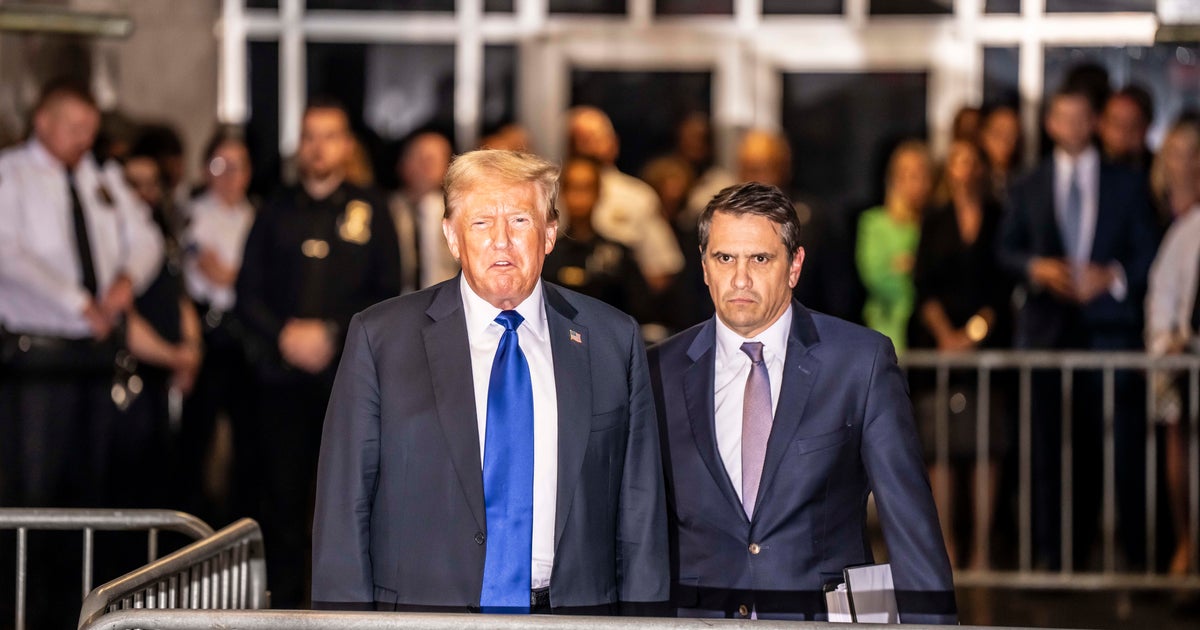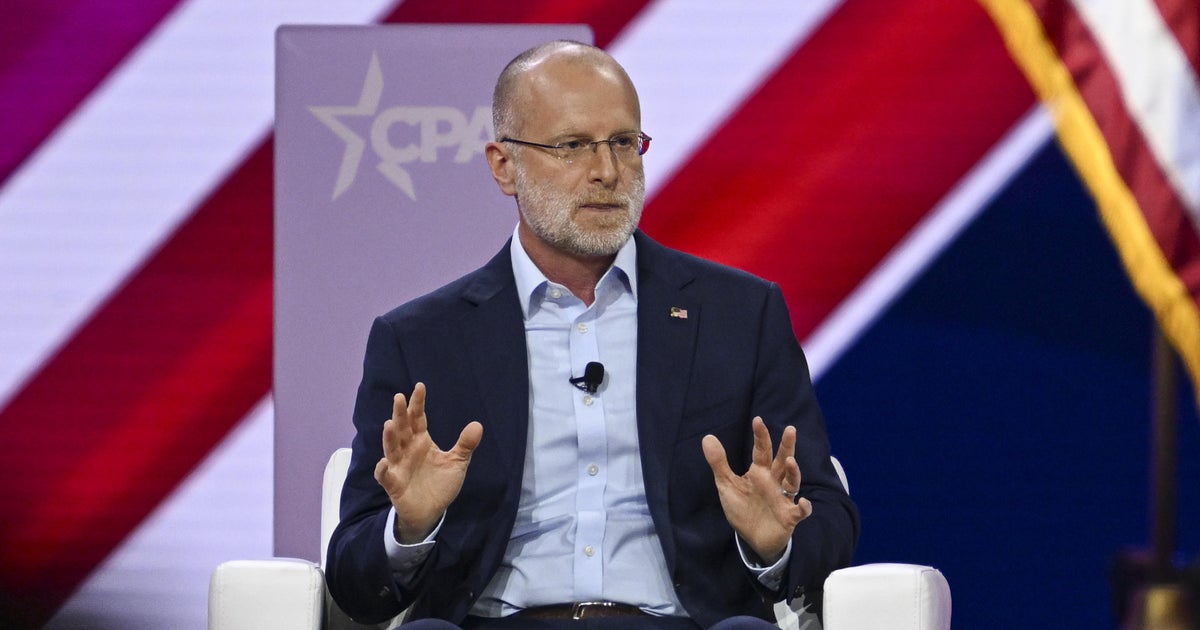Photographer Doug Mills on capturing bullet during Trump's rally assassination attempt
Pulitzer Prize-winning photographer Doug Mills had his finger on the shutter when a gunman opened fire during former President Donald Trump's rally on Saturday.
Mills, who was covering the rally for the New York Times, initially thought the noise came from a vehicle, but he quickly realized it was something much more serious.
"When I saw him kind of grimace and look to his right and then grab his ear, and looked at it, I thought, and then he went down. I was like, 'Oh my gosh, he's been shot'," said Mills.
Mills has covered presidents since 1983 but never envisioned he would be witnessing an assassination attempt.
According to law enforcement officials, the shooter, identified as 20-year-old Thomas Matthew Crooks, of Bethel Park, Pennsylvania, shot into the rally the former president was holding and fired six to eight rounds with an AR-style weapon. A Secret Service sniper quickly shot and killed him. Armed agents immediately whisked Trump off the stage, blood running down the side of his face.
One audience member, Pennsylvania firefighter Corey Comperatore, was killed in the shooting, and two other men are in critical condition.
Despite the chaos, Mills kept taking photos with his Sony camera, which shoots 30 frames per second.
"When he was ushered off the stage, I thought that was going to be the picture that, you know, he was bloodied ear, gave that fist pump. And I thought, you know, as I'm looking back at my camera, I'm sending pictures directly to The New York Times from my camera," said Mills.
Mills suddenly realized he had forgotten to send the photos taken while Trump was speaking. As he reviewed them, he noticed Trump grimacing and thought it might be the moment he was shot. He immediately sent those images to his editor and urged her to closely examine them. Although she initially doubted it, she called back a few minutes later and let him know he had captured something bigger – an image likely to be seen in history books years from now.
"I got a text and a call from her saying, You won't believe this. We think we have a picture. You have a picture of the bullet behind his head. And I was like, 'Oh my gosh'," Mills said.
Mills then sent the raw image file to ensure all data was included. An FBI forensic expert later verified that the photo indeed showed the bullet.
Another pivotal image from this incident shows the former president raising his fist and yelling at the crowd to "fight." Mills described how, at that moment, Trump appeared defiant, looking at the crowd and yelling. However, just a few frames later, the shock seemed to hit him.
"He has a completely blank look. He looked very pale at the time, and then all the blood was on his ear and then coming out of it around his mouth. And I thought, 'Oh my gosh. I hope it's not as bad as it looks'," said Mills.
Mills' mentor, Ron Edmonds, the late photographer for the Associated Press, was present during the assassination attempt on former President Ronald Reagan. Mills recalled speaking with him many times over their 15 years working together and remembered his advice: Always keep shooting.
"So when it happened, even though the former president's staff were yelling at me to get down, get down, and the Secret Service were yelling at us to get down, I probably didn't do the safest thing, but I ran around the side of the stage to try and capture those moments," said Mills.
See more of Mills' photos in the New York Times here.




